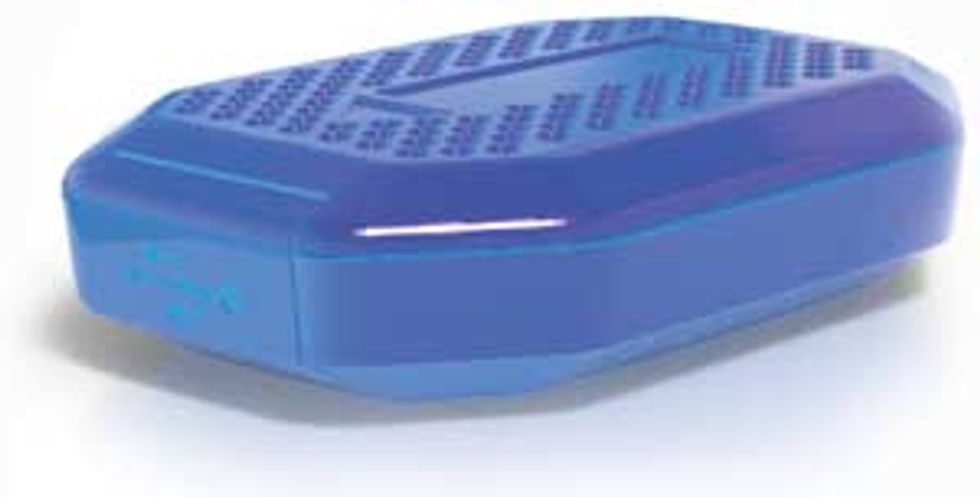Smart Sleeve Tells Baseball Pitchers When to Get Off the Mound
The new science of “bioball” uses sensors and software to protect pitchers from injury
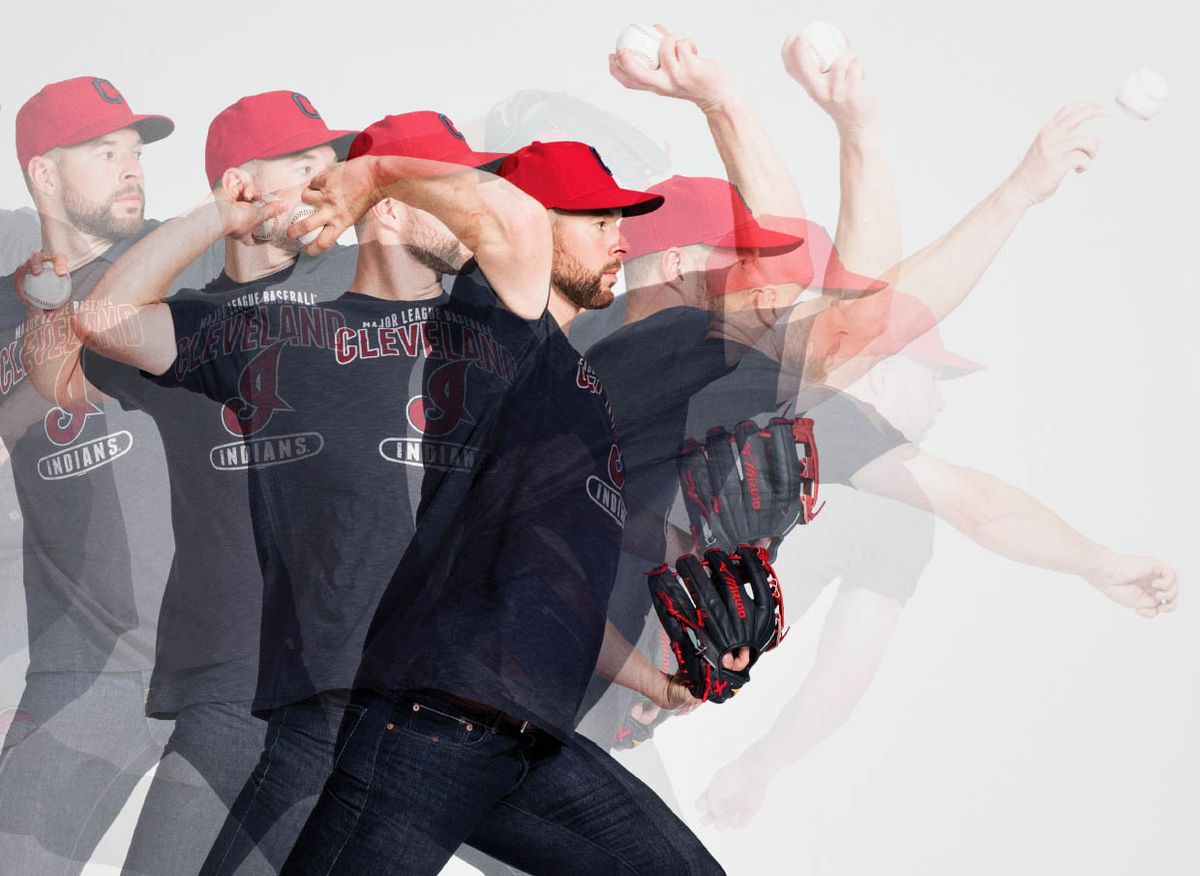
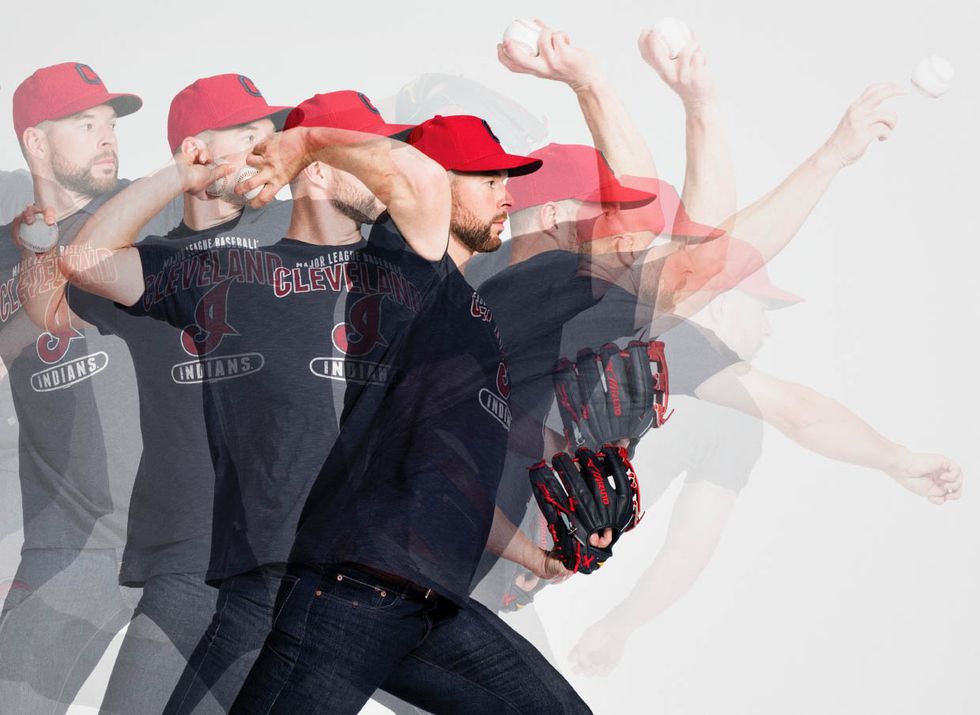
When St. Louis Cardinals pitcher Jordan Hickstakes to the mound, batters tremble. He has the same form as any other pitcher in Major League Baseball (MLB) as he throws the ball, but his results are extraordinary. In the windup, he steps back on one leg, lifting his other leg to raise his center of gravity. Then he strides forward, his hips swiveling, while his throwing arm extends back nearly parallel to the ground. As his arm comes forward, the muscles and ligaments in his elbow absorb over 100 newton meters of torque.
Hicks’s hand snaps forward, faster than the eye can see. If his arm were an engine, you’d see 1,200 rpm on the tachometer. Hicks’s fastballs have clocked in at 105 miles per hour (169 kilometers per hour), giving the batter less than a tenth of a second to recognize the pitch and react to it, trying to put bat on ball. But this repeatable miracle of biomechanics and talent does have a cost. In late June 2019, Hicks left a game with elbow pain—and it was soon revealed that he had torn a crucial ligament. He required what’s known as Tommy John surgery to repair the ligament and sat out the rest of the 2019 baseball season.
Baseball is at a crossroads. Pitchers are throwing at higher velocities than ever before, causing a surge of injuries to the ulnar collateral ligament (UCL) in the elbow, which connects the bones of the upper and lower arm. The number of Tommy John surgeries has skyrocketed over the past decade, and coaches, trainers, and players are desperately searching for technology to combat this epidemic. One ongoing MLB study uses motion capture to chart the pitching form of every new pitcher drafted into the league. It then combines that information with data from MRIs and other physical exams in an effort to identify players at risk of injury. While this campaign is laudable, a single assessment of pitching mechanics can’t predict injury over the years of athletic labor to come.
There is a better way. Technologies now exist that allow for constant and long-term recording of a pitcher’s arm movements, enabling players to track and understand the stresses on their bodies.
At our sports technology company, Motus Global, we use consumer-grade sensors—the kind that have been perfected for smartphones—to gather biometric data related to an athlete’s ultimate workload. Our analytics use software models of muscle fatigue to help pitchers improve performance while decreasing risk of injury. By using affordable technologies, we put data not just within the reach of the 30 MLB teams but also their 160 minor league affiliates, hundreds of college teams, and thousands of youth-level teams around the country.
In 2015, we introduced our first wearable for baseball: Motus Throw, a compression sleeve with a sensor that tracks the motion of a pitcher’s arm. A companion iOS app and Web-based dashboard present analytics to players and coaches. In 2015, MLB approved our technology for use on the field during ball games. By 2019, about a dozen MLB teams were using our technology for training and rehab programs.
In the 2000s, professional baseball was overhauled by an approach that’s often called moneyball, in which teams used obscure performance statistics to better understand players’ true value. You could call our approach bioball—by bringing biological data into the mix, we think teams can take their performance to the next level.
To track a pitcher’s arm movement precisely, the Motus sensor uses a three-axis gyroscope and a three-axis accelerometer, taking measurements 1,000 times per second. While the system is always sampling, it records the information permanently only when it detects the movement signature of a pitch. Then it files away the stream of data beginning 4 seconds before the pitch and ending 1 second after. The unobtrusive sensor, which weighs 6.9 grams and measures 9 millimeters thick, causes no discernible changes in pitchers’ movement patterns.
The Motus Throw system for baseball pitchers uses a tiny sensor [in blue] containing an accelerometer and a gyroscope to track arm movement, taking measurements 1,000 times per second.




Our tiny sensor is incredibly accurate: Its results are comparable to the gold standard of motion-capture video, which requires high-speed cameras and specialized labs that can cost well into six figures. For motion-caption video recording, the player wears a spandex suit that’s dotted with position markers, which the cameras track to create a model of how the player’s body moves.
Motus began as a small motion-capture studio with a lab at the famed sports training facility IMG Academy, in Bradenton, Fla. But the problem with the motion-capture approach quickly became apparent: Throwing a ball in a lab while wearing a spandex suit doesn’t accurately simulate game conditions. An athlete’s biomechanical form, and thus the forces at work in the body, can be very different in such an artificial situation.
We still have a motion-capture setup in our performance lab: We currently use 16 Motion Analysis Raptor cameras for product testing and some other tasks for clients. But we put full faith in our sensor to do the same job as these fancy cameras. Independent studies by the American Sports Medicine Institute (ASMI), Driveline Baseball, and the MLB’s sport science committee have shown that Motus sensors are up to 95 percent as accurate and reliable as camera-based techniques for measuring key parameters such as elbow torque. This presents a clear advantage for in-game use, because motion-capture video isn’t easily adaptable for precisely tracking players on the ballfield.
Our Motus Throw devices have collected data from more than 10 million throws, at all levels of competition. Beginning in 2016, Motus embarked on a three-year study in cooperation with the National Collegiate Athletic Association (NCAA), collecting data from dozens of teams about pitchers’ throwing workloads and their injuries. We’re now preparing to mine that data.
But the device is helpful for more than just broad epidemiological studies. Take what happened at a small state college in Texas, where a baseball coach named Bryan Conger went all in with the Motus Throw in the 2017 baseball season, using the technology to manage his pitching staff. During workouts, Conger could check the analytics on his phone, watching how a pitcher’s workload metrics changed with every pitch. He used all the data to create individualized training programs for each pitcher and to determine which pitchers were ready on game day.
Conger says the Motus analytics enabled him to keep his top pitchers in the game for more innings than he would have otherwise, confident that their fatigue levels were within bounds. He also used his top pitchers more often, finding that some could pitch on successive days without going beyond their workload limits. Most important, his pitchers suffered no major arm injuries all season. Conger’s team, from Tarleton State University, made it to the NCAA playoffs that year. Shortly thereafter, Conger was hired away by an MLB team, the Texas Rangers, where he’s now working as a pitching instructor.
When teams first got their hands on the Motus Throw device in 2015, they were most excited about its ability to measure a force called elbow valgus torque. If you look at your elbow, you’ll see that it can be moved in three ways: You can curl your arm inward in the motion of a bicep curl, twist your arm as if turning a doorknob, and stretch your arm outward as if throwing a baseball. That last motion causes valgus torque, the force that stresses the UCL.
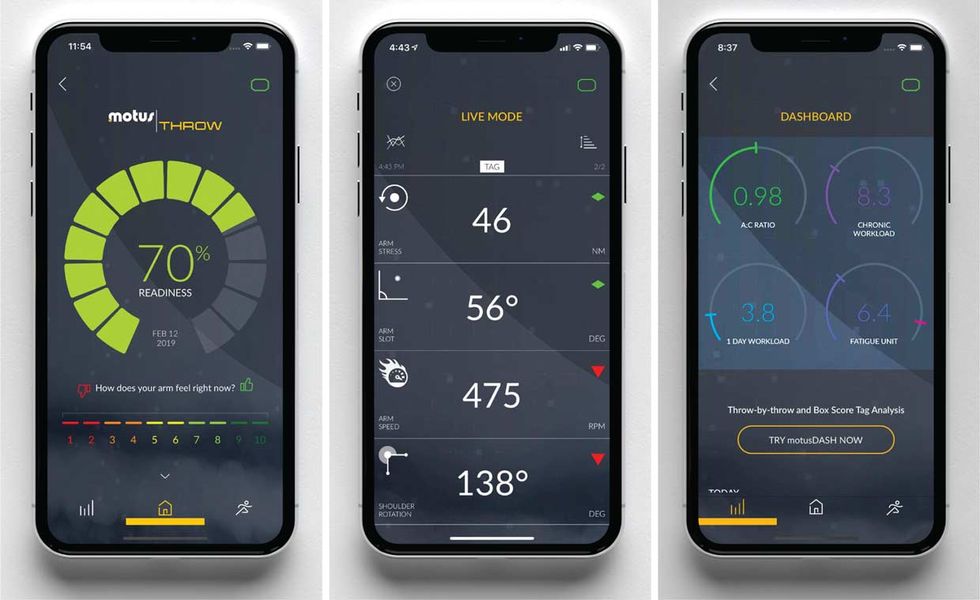
When coauthor Hansen worked as a biomechanical specialist for the MLB’s Milwaukee Brewers, the team was focused on one-time assessments of pitchers’ valgus torque and using that data to predict future injury. But we now know that such snapshot measurements aren’t enough for accurate predictions, and that valgus torque is only part of the equation.
After our latest software update, the Motus Sleeve system no longer shows a measure of valgus torque in its analytics dashboard. Instead, it uses that measurement to calculate accumulated workload for the muscles of the forearm. We believe that the fatigue of these muscles is the most critical factor for a pitcher’s stamina and arm health.
Muscle fatigue, which we define as a decline in a muscle’s ability to generate force, is the single most significant predictor of pitcher injury. A study of youth pitchers by ASMI found that pitchers who threw while fatigued were 36 times as likely to require surgery. And while the concept of fatigue may seem simple, the physiology involved is quite complex.
We use two complementary measurements of fatigue to calculate workload. The first is acute fatigue, which is commonly seen in baseball games: A pitcher starts off fresh but is pulled from the game as performance declines. This acute fatigue comes about as muscles use up available energy. The other metric we track, which we call “chronic fitness,” increases as pitchers build resistance to acute fatigue through training—and simply by throwing more.
It may seem obvious that working out more increases a pitcher’s fitness. But in baseball today, there’s no objective way to capture this commonsense idea. Baseball’s standard ways of managing a pitcher’s workload are to keep count of how many innings they’ve pitched and how many pitches they’ve thrown. These catchall metrics aren’t based on a specific pitcher’s physiology and fitness, and they lead to subjective decisions about when to take pitchers out of a game and whether a pitcher has been “overused.”
To codify the relationship between intense physical stress and resilience built up over time, Motus partnered with Tim Gabbett, an Australian physiologist who initially worked with rugby players. Gabbett pioneered a measurement he calls acute chronic ratio (ACR), which we use in our Motus Throw system.
Measuring this ratio begins by determining a pitcher’s acute workload (the 9-day average of total valgus load) and a chronic workload (28-day average of valgus load). The ratio of these two averages provides a valuable measure of fatigue. Early in the season, when chronic loads are still low, a pitcher must sustain an ACR greater than 1.0 to build fitness. But it mustn’t go too high: In a recent study of high school pitchers conducted with the Motus Throw device, researcher Sameer Mehta found that throwing with an ACR over 1.3 multiplies an athlete’s risk of injury by 25.
Arm Anatomy 101
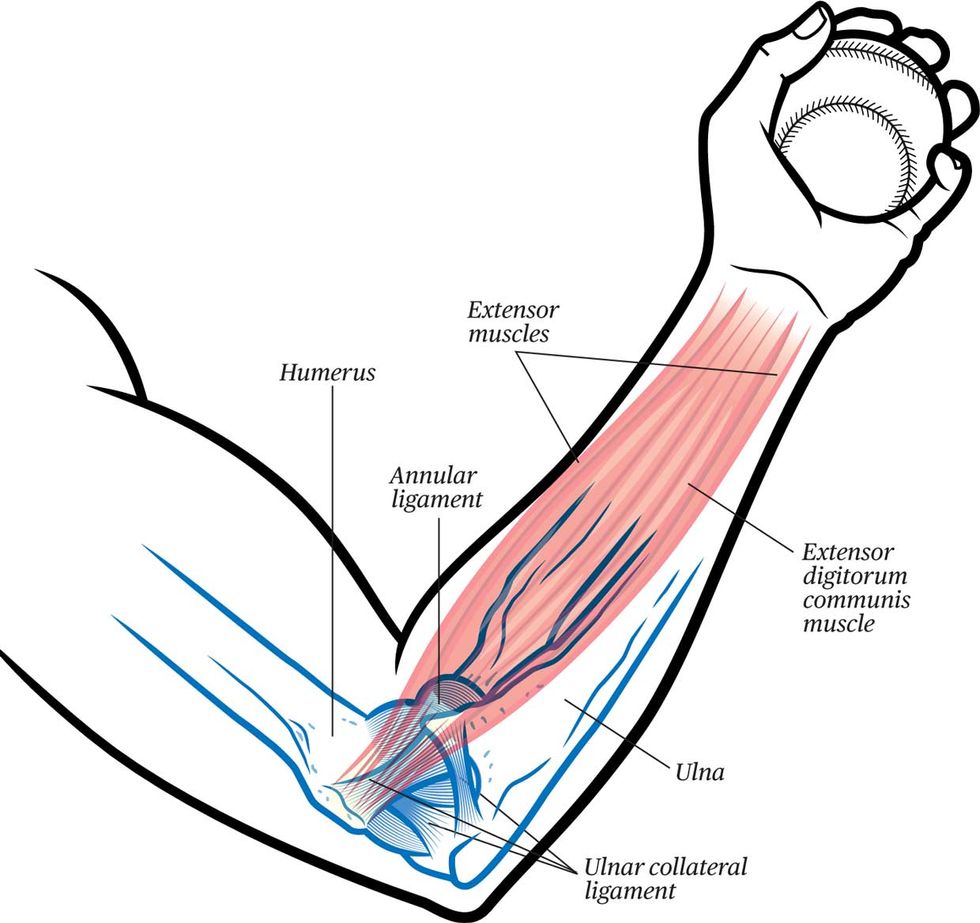
“When I consult with organizations on concepts of acute and chronic workloads, I’m most often met with a reaction similar to what our fathers and grandfathers knew all along,” says Gabbett. “If you work hard at something, you get better at it. If you train appropriately, you prepare for demands of the sport.” Now we can quantify this age-old wisdom with solid data.
Since its initial launch in 2015, Motus has uncovered meaningful workload measures that are predictive indicators for elbow and shoulder injuries. The next step has been to turn these findings into software tools to help pitchers train in the sweet spot, building endurance without causing excess muscle fatigue.
For example, when a minor league pitcher who had been using the Motus Throw tore his UCL, we were able to look at the data to see what had gone wrong with his training regimen. We saw clear indicators of excess fatigue (his chart showed ACRs of greater than 1.3 and often greater than 2.0) due to both intense single-day workouts and the pitcher’s abrupt transition from throwing every other day to throwing six days per week. Through software simulation, we’ve shown that a different training regimen would have kept the ACRs lower and would likely have prevented the injury. We want Motus users to take heed of the red flags in the dashboard’s reports to keep their workloads manageable and healthy.
Christopher Camp, a physician at the Mayo Clinic of Sports Medicine, says baseball teams need to “embrace workload and fatigue measures” during both rehabilitation and preseason throwing. He uses the Motus Throw with patients and says he appreciates that the app now prescribes workload plans to pitchers that set an effort limit for each day. The app helps pitchers safely build chronic workload over months, he says, by making sure the ACR is moderately—not dangerously—elevated.
In pitching, avoiding injury and enhancing performance go hand in hand: When muscle fatigue sets in, injury risk increases and control and performance begin to decline. Zach Dechant, director of strength and conditioning at Texas Christian University, in Fort Worth, says workload data can be used to maximize a pitcher’s in-game stamina. He uses the Motus system to help his pitchers gradually build chronic fitness. “We use Motus [measurements of] workloads to prime our pitchers’ arms for success and to allow them to pitch deeper into games,” he says.
For decades, baseball coaches have relied on pitch counts and the subjective concept of overuse to manage their pitchers. Today, as we gain more insights into the relationship among workload, fatigue, and arm health, it’s clear that data-driven systems can do better to protect players from injury.
Three Kinds of Elbow Torque
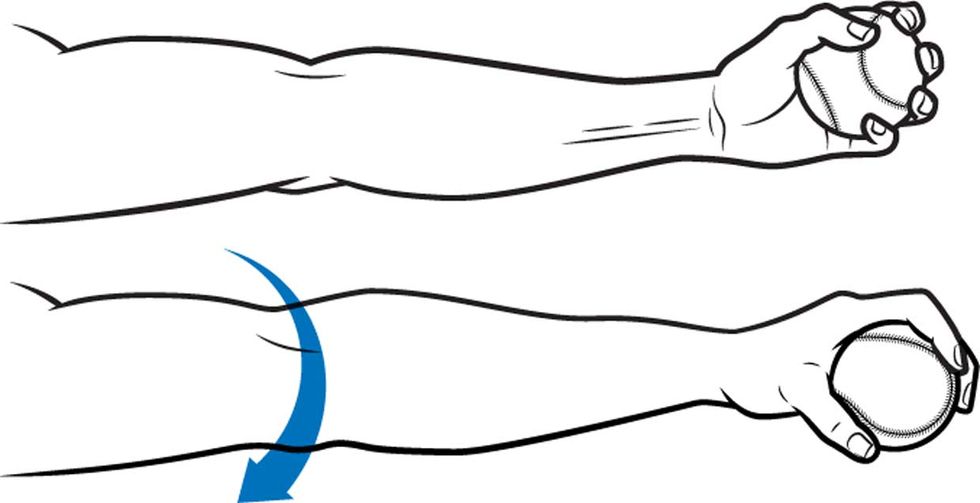
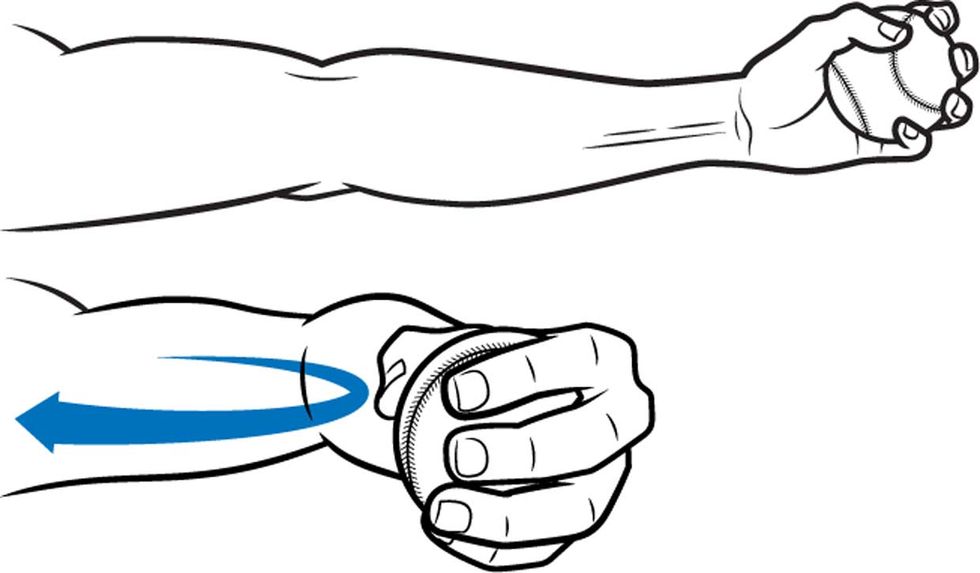
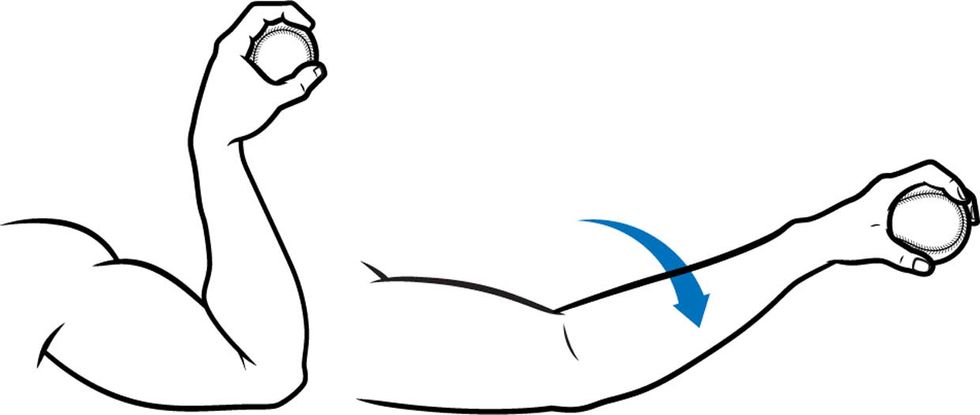
Sports physiologists have come to recognize that the forearm muscles protect the UCL from rupture. But to do so, they must have sufficient energy stores to contract effectively, thus keeping the UCL from taking too much strain. To drive each contraction, cells in the muscles convert glycogen, one of the body’s primary stores of energy, into the chemical adenosine triphosphate (ATP). Each successive pitch depletes the muscles’ glycogen stores, causing an energy debt. As a pitcher reaches the end of an inning, the muscles reach peak levels of fatigue. In between innings, the pitcher rests, and glycogen stores slowly recover over a period of minutes. This cycle continues until the energy debt is too great to recover from.
But how should this gradual decline be measured? Mike Sonne, a biomechanics expert who works with Canadian baseball teams, came up with the concept of “fatigue units” based on his study of this accumulative energy debt, which he modeled on the scale of milliseconds. Sonne developed his models using publicly available data from Pitchf/x and MLB’s Statcast system, both of which provide information about pitch velocity, release point, spin, and more. Now, using the Motus Throw to gather far more granular and precise data, Sonne anticipates further progress in understanding the biochemistry of pitching.
In the summer of 2019, Motus released an app update to provide information about fatigue units. With this data, pitchers can identify incidents of excess overload within a matter of hours—feedback that they can use to learn safe limits for their bodies and to determine when extra rest and recovery are needed.
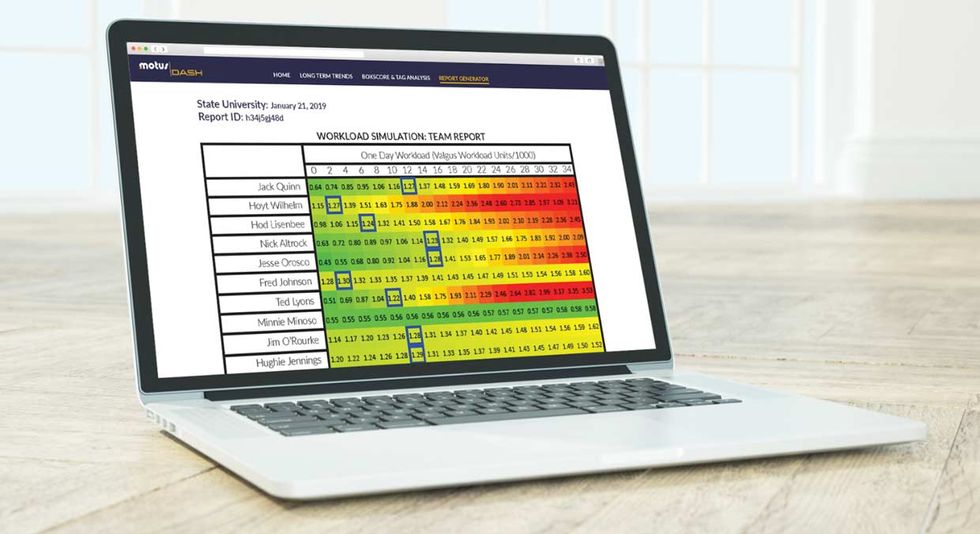
The current MLB rules allow players to wear the Motus Throw during games so that the device can collect data. But pitchers and coaches are not permitted to download that data or access it during a game; only afterward can they look at the analytics. We believe those rules will soon be revised—and we hope to lead the charge for in-game analytics. If a coach could track a player’s fatigue units during a game, maybe he could visit the mound at a moment when the pitcher really needs a few minutes to recover his strength. A coach would also have an objective measure of when a pitcher has reached his limit and should be taken out.
If coaches switch to a “bioball” management strategy based on biochemistry and physiology, the change might do away with endless postgame arguments over whether a player was left in for too long, causing an injury or the loss of a game. Such an evolution might be bad for talk radio. But if it’s good for players’ performance and bodies, we think baseball will consider it a win.
This article appears in the October 2019 print issue as “The New Science of Bioball.”
About the Author
Will Carroll is brand manager and Benjamin Hansen is vice president of biomechanics and innovation for Motus Global, in St. Petersburg, Fla. For more on Hansen’s earlier life as a baseball pitcher, see “Baseball's Engineer: Ben Hansen Says Biometrics Can Save Pitchers' Elbows.”
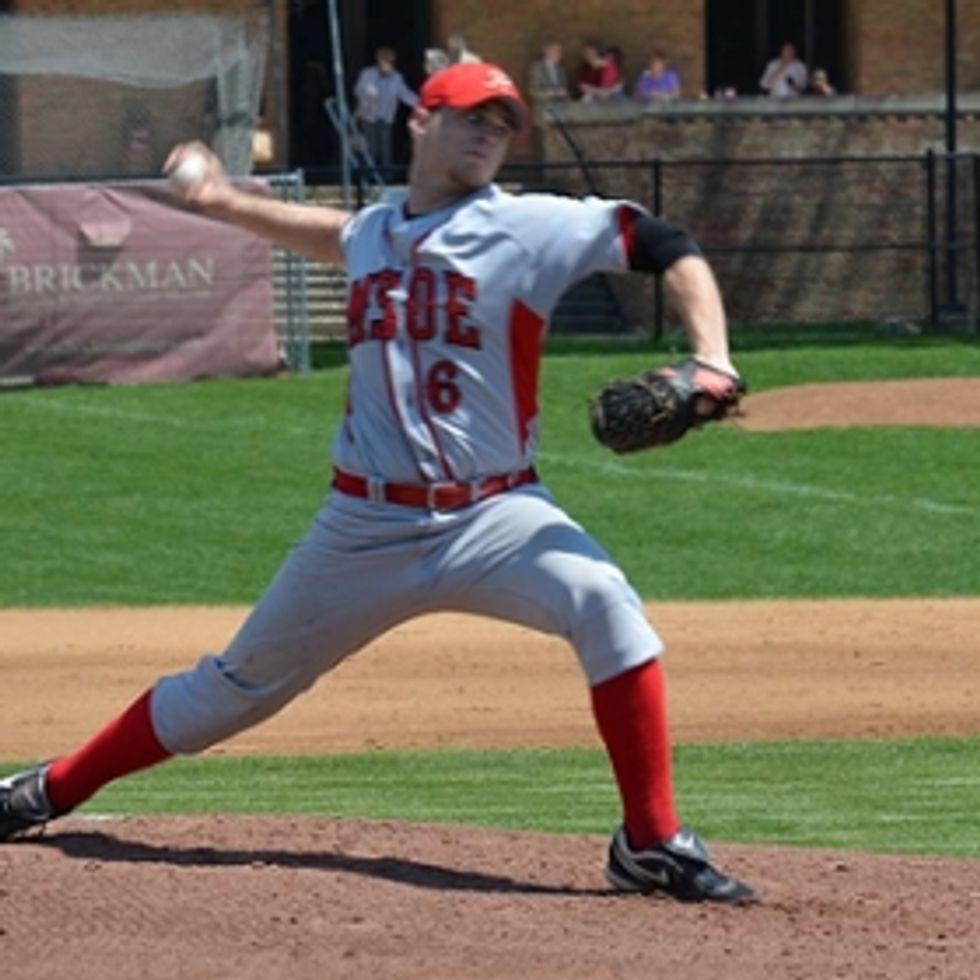 Back story: Coauthor Hansen’s high school coach didn’t like dataPhoto: Motus
Back story: Coauthor Hansen’s high school coach didn’t like dataPhoto: Motus